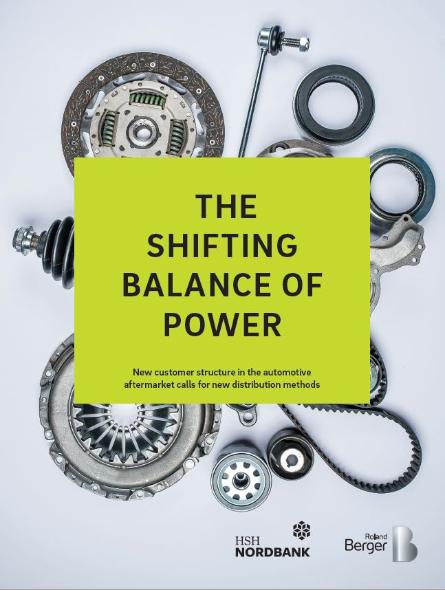New customer groups set the automotive aftermarket in motion
![{[downloads[language].preview]}](https://www.rolandberger.com/publications/publication_image/rb_dig_18_001_05_automotive_aftermarket_download_preview.jpg)
New customer groups such as intermediaries are shaking up the independent aftermarket. Players will need to adapt their sales approaches and consider an omnichannel strategy.


Key to survival in the cut-throat competitive environment of the independent aftermarket (IAM) is a clear customer focus. Knowing one's customers and their specific needs is becoming existential, not least because the relative strengths of players on the demand side are changing. Independent repair shops and the feeder business, i.e. the supply of smaller, locally operating parts traders by industry heavyweights, are going to see their importance wane long term, while the relevance of intermediaries like insurers, claims assessors and online service portals will grow.
In particular intermediaries are curtailing the market power of incumbents and becoming an important segment in the B2B customer spectrum. A key ingredient in the intermediaries’ recipe for success is their ability to offer their cus¬tomers individual tailor-made solutions in a complex market. By 2030, our analysis indicates that the demand steered in by intermediaries will make up some 40% of the market, from 20% in 2015.
The independent aftermarket faces the challenge of finding the right way to address the new players in a way that reflects their individual needs, in an effort to get them all integrat¬ed into the web of diverse customer relationships that already crisscrosses the industry. The key to future success will lie in micromarketing, in adopting an omnichannel strategy and in having different sales approaches for different target customers.

![{[downloads[language].preview]}](https://www.rolandberger.com/publications/publication_image/rb_dig_18_001_05_automotive_aftermarket_download_preview.jpg)
New customer groups such as intermediaries are shaking up the independent aftermarket. Players will need to adapt their sales approaches and consider an omnichannel strategy.